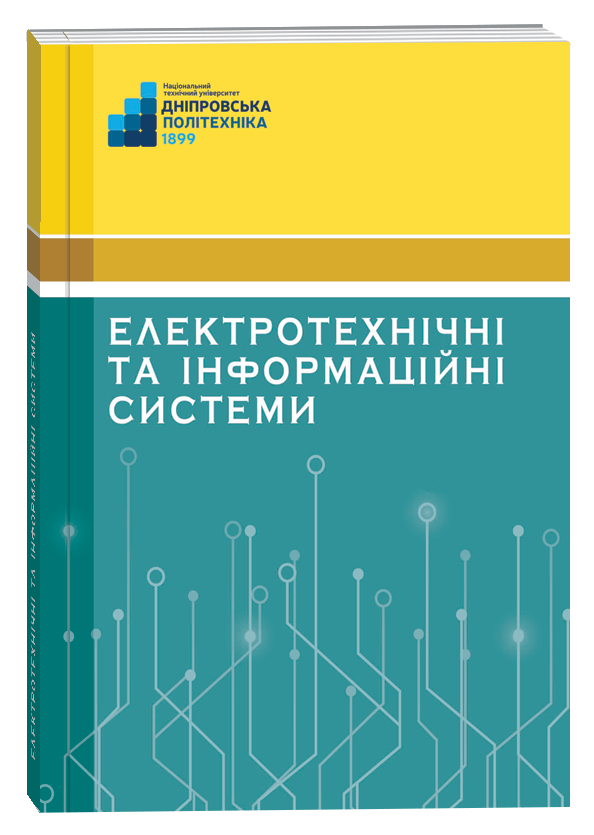COMPARISON OF DEEP LEARNING METHODS IN AIRCRAFT RECOGNITION TASKS USING AEROSPACE IMAGING DATA
DOI:
https://doi.org/10.32782/EIS/2024-106-15Keywords:
machine learning, image and contour recognition, optical image preprocessing, high-resolution imagery, aircraft detectionAbstract
Рurpose. Study of deep learning methods in aircraft recognition tasks using aerospace imaging data. Methods.During the research, a comparative analysis of deep learning methods for aircraft recognition, specifically Faster R-CNN, SSD, SSD Lite, FCOS, and RetinaNet, was conducted on a specialized dataset consisting of 2,120 high-resolution images containing 14,335 annotated aircraft. Precision, Recall, mAP50-95, and mAP50 metrics were calculated for each model. Results. The study results indicate that the Faster R-CNN and FCOS models achieve the highest values for the metrics mAP50-95 and mAP50. The Faster R-CNN model’s mAP50-95 metric value was 0.786, and mAP50 was 0.985. For the FCOS model, these values were 0.789 and 0.984, respectively. This indicates high accuracy in object boundary detection. While the RetinaNet and SSD models show slightly lower results (0.746 and 0.617 for mAP50-95, respectively), they maintain high Precision and Recall scores, confirming their effectiveness. For RetinaNet, Precision was 0.98 and Recall was 0.91, while for SSD, these values were 0.99 and 0.71, respectively. The SSD Lite model demonstrated the lowest performance for mAP50-95 (0.275) and mAP50 (0.520); however, its high processing speed and satisfactory Precision (0.98) make it promising for use in resource-constrained or realtime applications. Originality. A comparative analysis of various deep learning models was conducted to recognize aircraft in high-resolution aerospace imagery. The study found that the Faster R-CNN and FCOS models exhibited the highest accuracy among those tested, while the SSD Lite model achieved the best balance between accuracy and speed. Practicality. The research results showed that the Faster R-CNN and FCOS models, due to their high mAP50-95 and mAP50 scores, are the most effective for tasks where detection accuracy is the main priority. This makes them suitable for use in military or security monitoring systems, where minimizing false alarms and increasing object detection reliability are critical. The SSD Lite model, with its higher processing speed, is the optimal choice for unmanned aerial systems, mobile platforms, or other applications where response time is a key factor.
References
Jian Ding, Nan Xue, Gui-Song Xia, Xiang Bai, Wen Yang, Micheal Ying Yang, Serge Belongie, Jiebo Luo, Mihai Datcu, Marcello Pelillo, Liangpei Zhang. Object Detection in Aerial Images: A Large-Scale Benchmark and Challenges. IEEE Transactions on Pattern Analysis and Machine Intelligence. 2021. 44, 11, 7778–7796. 10.1109/TPAMI.2021.3117983
UgurAlganci, MehmetSoydas, and ElifSertel. Comparative Research on Deep Learning Approaches for Airplane Detection from Very High-Resolution Satellite Images. Remote Sensing. 2020, 12, № 3, 458. 10.3390/rs12030458
Zhang, P., Yan, P., Zhang, T., Cui, W., Zhu, Q. UAV Aerial Image Detection Based on Improved FCOS Algorithm. Digital TV and Wireless Multimedia Communication. IFTC 2020. Communications in Computer and Information Science. 1390, 2021, 52–62. Springer, Singapore.10.1007/978-981-16-1194-0_5
Yadav, A., Jain, K., Pandey, A., Ranyal, E., & Majumdar, J. (2022). An Optimal Retinanet Model For Automatic Satellite Image Based Missile Site Detection. Defence Science Journal. 72(5), 753–761. 10.14429/dsj.72.18215
DilsadUnsal. HRPlanesv2 – High Resolution Satellite Imagery for Aircraft Detection. 2022, 10.5281/ZENODO.7331974
Tsung-Yi Lin, Michael Maire, Serge Belongie, LubomirBourdev, Ross Girshick, James Hays, Pietro Perona, Deva Ramanan, C. Lawrence Zitnick, and Piotr Dollár. 2014. Microsoft COCO: Common Objects in Context. 10.48550/ARXIV.1405.0312





